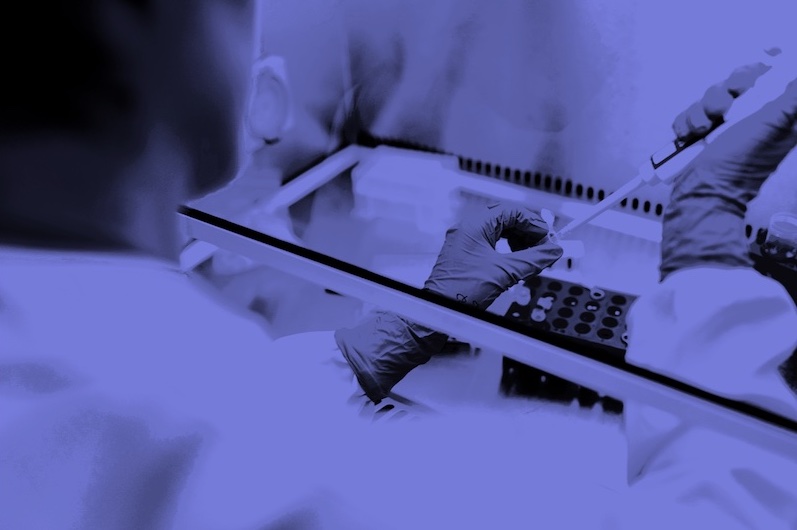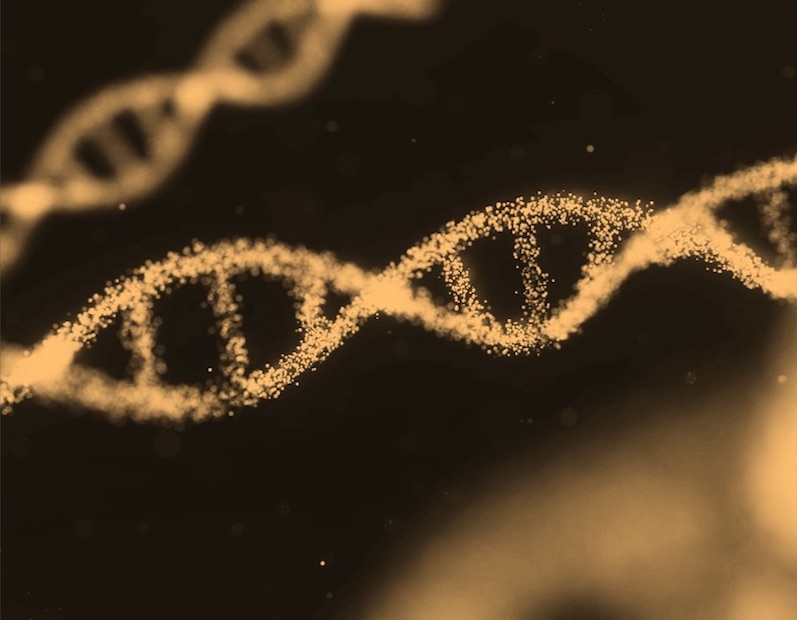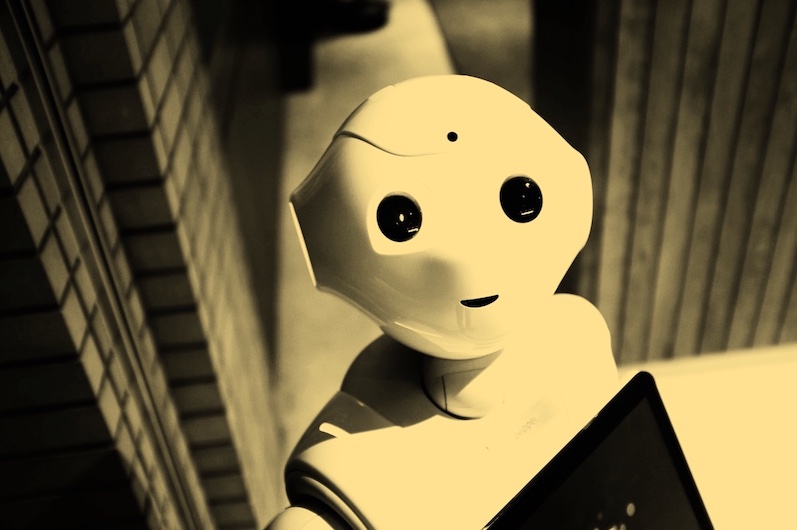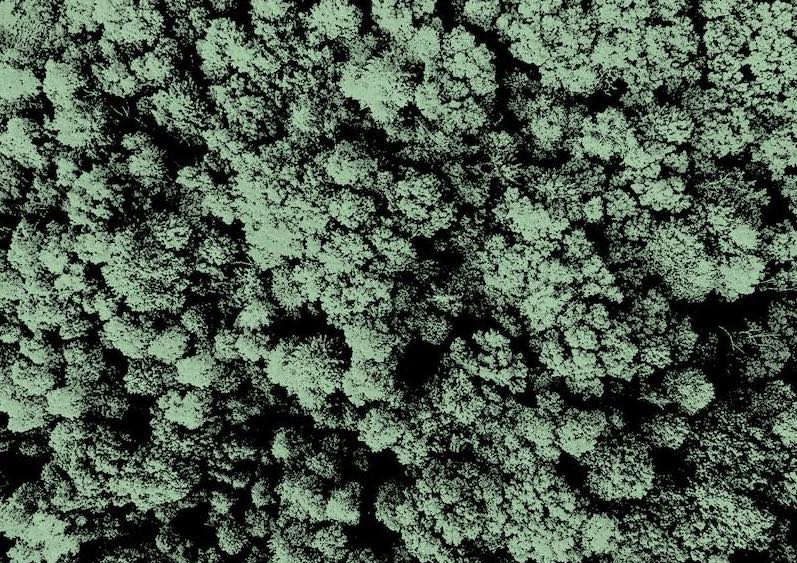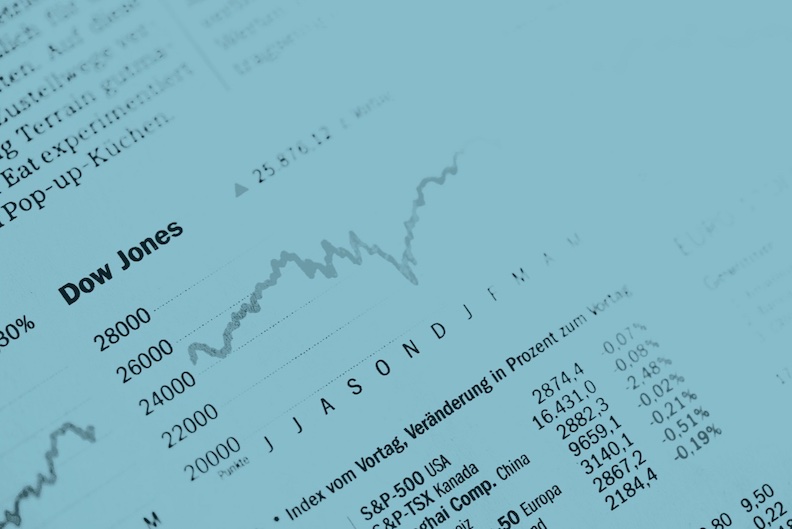What is it about?
This study introduces a better way to identify genuine populist politicians. Rather than just counting different populist statements separately, the new method requires four core elements to be present together: talking about "the people" , criticizing elites, describing a conflict between people and elites, and calling for more power to the people. When tested on South American presidential candidates, this method accurately identified known populist leaders such as Hugo Chávez and Jair Bolsonaro while avoiding mislabeling others who only occasionally used populist language.
Featured Image

Photo by Pau Casals on Unsplash
Why is it important?
This research comes at a crucial moment when populist politics is reshaping democracies worldwide. With figures like Donald Trump in the United States and various leaders across the globe being labeled as "populist," there's urgent need to accurately identify who truly fits the definition of populism. Many politicians use some populist-style language occasionally, but that doesn't necessarily make them populists.
Perspectives
What started as academic discussions over coffee about the confusing ways media and politicians use the term "populist" evolved into this research. We're excited that our new method might help clear up this confusion. Whether you're a journalist, researcher, or simply someone interested in politics, we hope this work helps you think differently about how we label political leaders as populists. After all, understanding populism isn't just an academic exercise - it affects the health of democracies worldwide and shapes how millions of people experience politics in their daily lives.
Laurent Bernhard
University of Zurich
Read the Original
This page is a summary of: It’s Conditional: Improving the Measurement of Populism, Populism, August 2024, Brill,
DOI: 10.1163/25888072-bja10067.
You can read the full text:
Contributors
The following have contributed to this page
